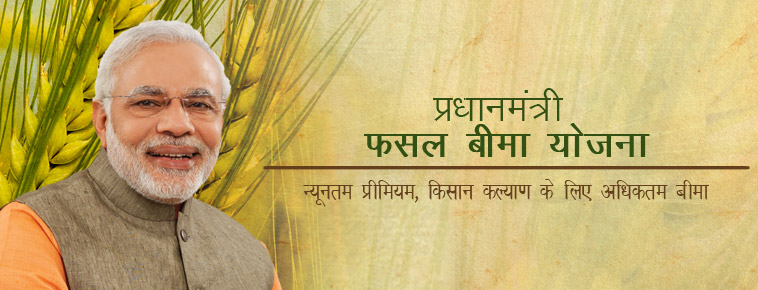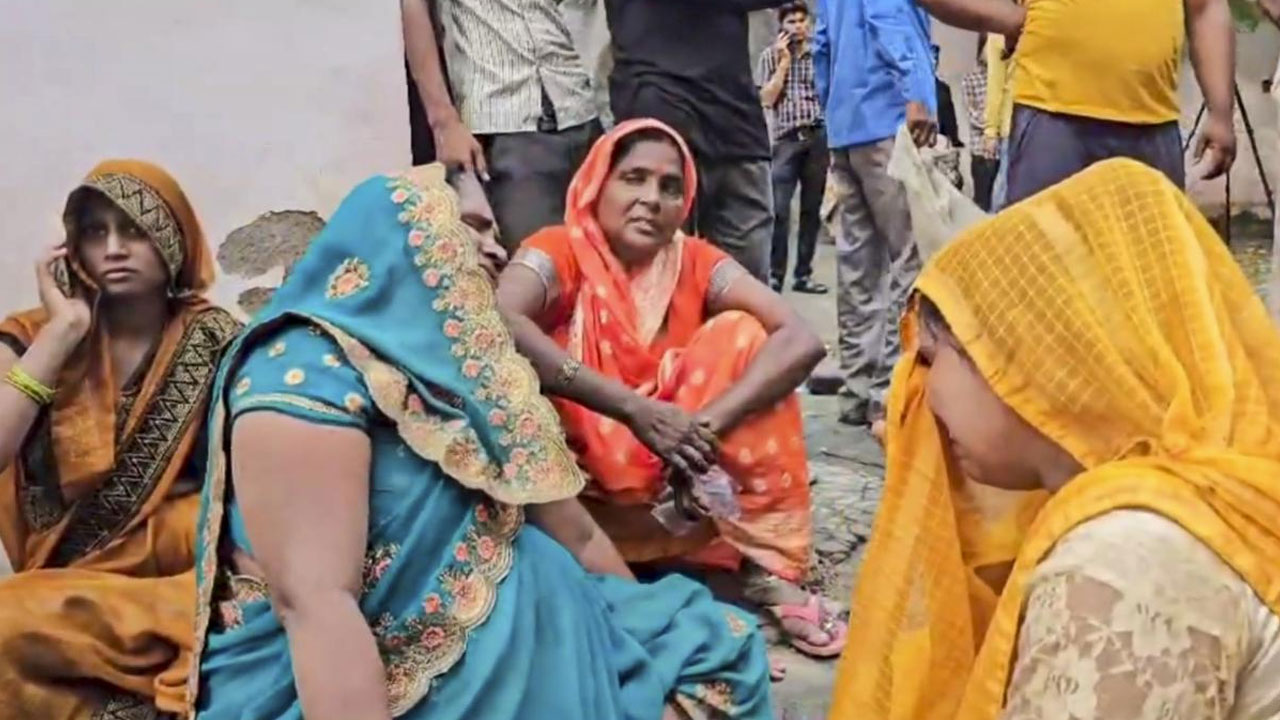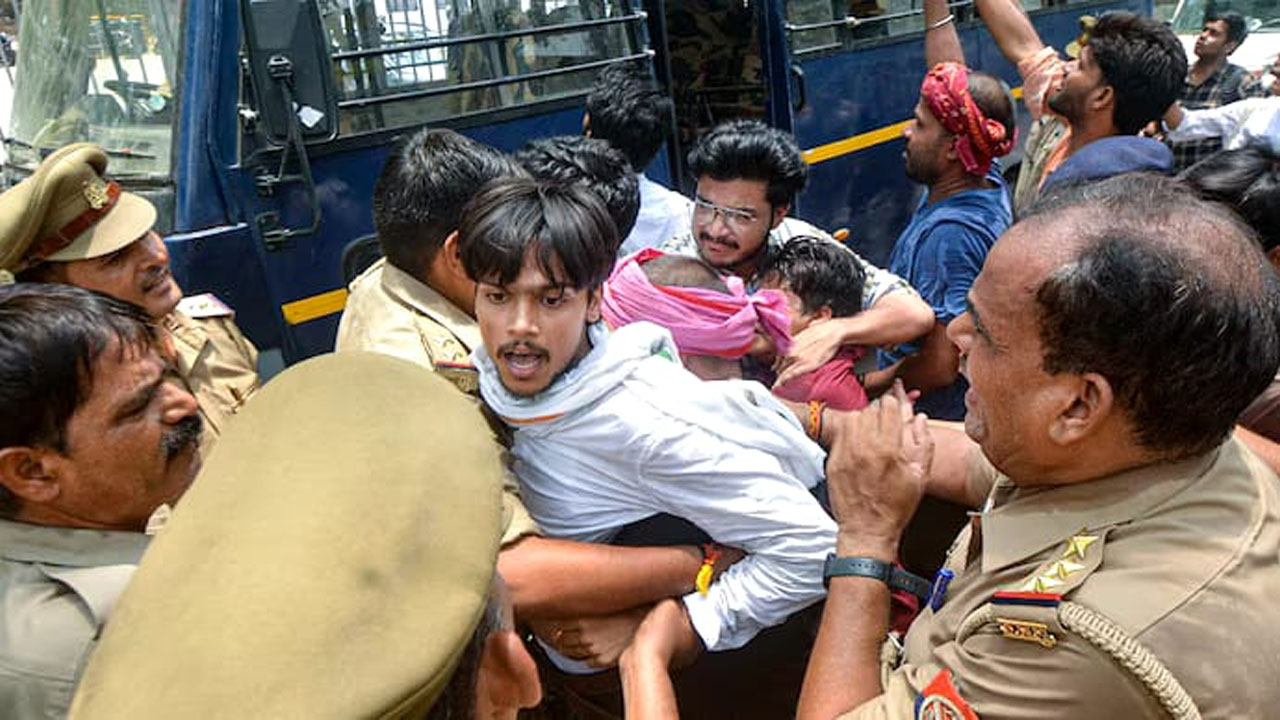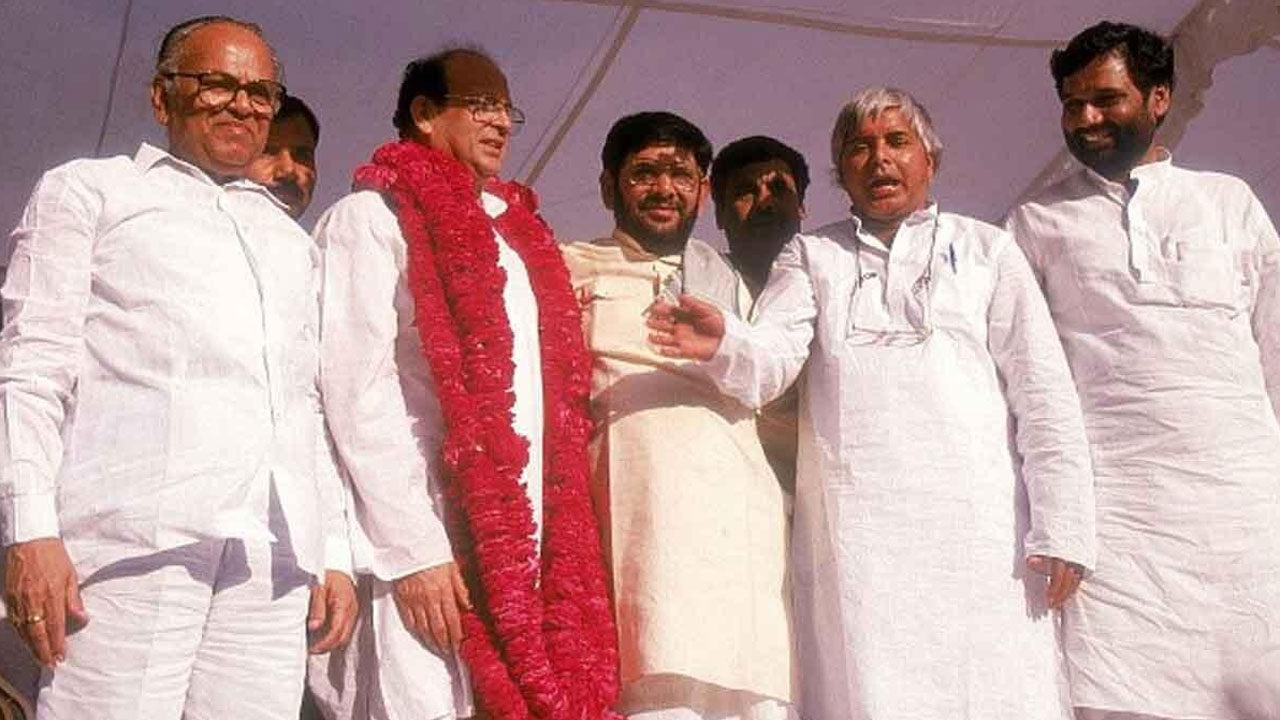The Pradhan Mantri Fasal Bima Yojna (PMFBY) has been in operation since the 2016 kharif season. The scheme was launched to help farmers cope with crop losses as a result of unseasonal, extreme weather. It supplanted the National Agricultural Insurance Scheme and Modified National Agriculture Insurance scheme. The scheme is supplemented with restructured Weather-Based Crop Insurance Scheme (WBCIS).
PMFBY has more farmer-friendly provisions than its predecessors. It has been designed to reduce the burden of premium on farmers considerably and is intended at expanding coverage. Farmers have to contribute only 2 per cent of the total premium in the case of kharif (summer crop), 1.5 percent of total premium in the case of rabi (winter crop) and 5 percent in the case of horticulture crops. The rest of the premium amount is to be equally borne by the centre and state governments. In India, farmers not only provide us with food security and nutrition but also tackle inflation. The government collects tax from the people by claiming a portion of it will be used for the betterment of the farmers. Hence it is imperative for citizens to scrutinize this programme for farmers.

The government’s plan was for the scheme to increase the area covered to 40 per cent of gross cropped area in 2017-18 and 50 per cent of the gross cropped area in 2018-19. Also part of the plan was to increase the number of farmers insured. It is envisaged to provide quicker settlement of claims by using technology. The government also says it is committed to ensuring better methods for measuring divergence of production and for online transmission of results for automatic calculation of compensation as and when required. At a first glance, the scheme is well intentioned. However, the assessment cannot be based on the promises but, the design, the implementation and the results of the scheme. Let us see how PMFBY scores on various fronts:
Area covered
At the launch of the scheme, the area covered under insurance was 24 per cent of the gross cropped area. However, as we are approaching the deadline, the government looks set to fall short of the 50 per cent target for 2018-19. Moreover, the government figures suggest that the cropped area covered has declined.
The data suggests that area covered by the crop insurance increased from 45.9 million hectares in 2014-15 to 53.7 million hectares in 2015-2016, that is before PMFBY scheme came into effect. However, after the scheme was launched, the resultant increase in coverage is much smaller. It reached 57.2 million hectares in 2016-2017 and came down to 47.5 million hectares in 2017-18. The government has accepted that, since the launch of the scheme, the area covered reduced from 29 per cent in 2016-17 to 25 per cent in 2017-18.

The government has spent three times more money in just the two years under PMFBY than was spent in three years under the schemes it replaced, yet insurance coverage has only marginally increased both in terms of real cropped area and percentage of cropped area, let alone meeting the targets.
Number of farmers insured
The number of farmers covered under the scheme has increased marginally from 48.55 million in 2015-16 to 48.76 million in 2017-18. In between, it did increase to 57.25 in 2016-17. However, due to frustration and distress, the farmers started to opt out of the scheme. A clause of the operational guideline of the scheme reads, “All farmers availing Seasonal Agricultural Operations loan from Financial Institutions for the notified crops would be covered compulsorily.” Hence, a large number of the insured farmers are those who had taken up the scheme due to this compulsion. PMFBY remains a scheme for loanee farmers. The percentage of non-loanee farmers availing insurance remained less than 5 per cent for kharif, according to a press release issued the Centre for Science and Environment in July 2017. Like the previous crop insurance schemes, PMFBY fails to cover sharecropper and tenant farmers.

The scheme is loosing its sheen with the passage of time. The implementation and design issues, such as that of treating the village panchayat as a unit, tend to turn the farmers off. The deduction of premium from the farmers’ accounts without consent is another reason. Farmers are angry over delays in claim settlement, rejections and paltry compensations.
Problem of unit for cover
The unit for PMFBY coverage is the village panchayat. This has been most criticised part of the scheme. Many experts believe that agriculture insurance must be designed by making the farmer the unit and not a group of farmers or a village. The reason for this is that the sample size of each village panchayat is not large enough to capture the scale and diversity of crop losses. A village panchayat usually has eight to ten villages. Unforeseen crop losses may not affect the whole of the panchayat and a sample size may not be representative of the losses in some of the villages. In this scenario, if the sample is taken from those fields where no crop loss been observed, then the whole gram panchayat is declared devastation-free. Hence, no one from the panchayat can claim the insurance. The scheme thus fails to address the farmer’s distress.
Insurance companies have a ball
In all, 18 insurance companies serve PMFBY, of which six are publicly owned. This scheme has benefited the private companies for whom profit is paramount but has turned out to be a curse for the farmer.
Total premium collection has risen massively from Rs 5,490 crore in 2015-16 to Rs 22,550 crore in 2016-17 and Rs 24350 crore in 2017 -18. In the case of kharif alone, the premium collection rose from Rs 16,600 crore in 2015-16 to Rs 19,510 crore in 2016-17, or from an average of Rs 41,000 per farmer to Rs 57,000 per farmer. These were also years when the area covered was falling. It is true that over these two consecutive kharif seasons the claims made are estimated to have risen from Rs 10,505 crore to Rs 15,900 crore. However, as of 16 July 2018, claims settled have fallen significantly from Rs 10,284 crore, or 98 per cent of claims, to Rs 9,629 crore, or 61 per cent of claims.
Clearly, the real beneficiaries of the scheme have been the insurance companies. The tax payer’s money has eventually ended up with the insurance companies. This is nothing but a clear case of crony capitalism, where businesses thrive on public money amassed through a nexus between the business class and the political class. Article 39(c) of Indian Constitution says that “Economic system shall operate in a manner that does not result in the concentration of wealth and means….”. It is a directive principle, which the government hasn’t heeded in this case.
Delayed payments
Even after submitting their claims at the right time, farmers have faced delayed payment. Many a time the farmers cannot even meet the insurance company’s executives. Insurance companies give repeated assurances and new assurances with new deadlines after missing the previous deadlines .
Government has tried to address the issue of late payments. Recently, it issued fresh guidelines for PMFBY, including a provision in which insurance companies that delay the settlement of claims by over two months will pay farmers an additional 12 per cent interest. Insurance firms, on the other hand, will get paid an interest of 12 per cent if state governments delay the release of their share of subsidy beyond the three months from the cut-off date or submission of requisition.
Agriculture-policy experts, though, are not so optimistic that these incentivizing measures will change anything. They say the government needs to disband this scheme altogether.
The government spent around 400 per cent more in two years on PMFBY compared to on its predecessors. The scheme has failure written all over it. The objectives of the scheme, that is financial support to farmers, a stabilized income for them, their continuance in farming, innovation, flow of credit to the agriculture sector, could not be achieved.
Forward Press also publishes books on Bahujan issues. Forward Press Books sheds light on the widespread problems as well as the finer aspects of Bahujan (Dalit, OBC, Adivasi, Nomadic, Pasmanda) society, culture, literature and politics. Contact us for a list of FP Books’ titles and to order. Mobile: +917827427311, Email: info@forwardmagazine.in)
The titles from Forward Press Books are also available on Kindle and these e-books cost less than their print versions. Browse and buy:
The Case for Bahujan Literature
Dalit Panthers: An Authoritative History







